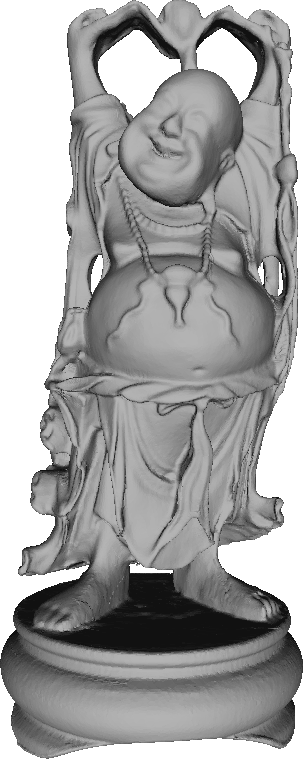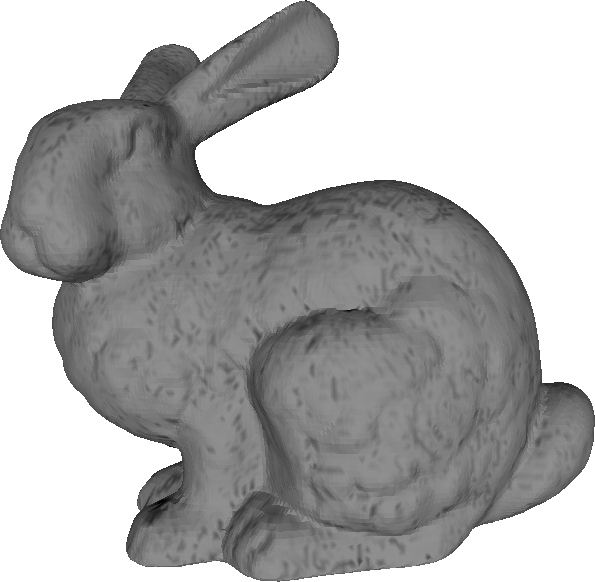About the Project
Augmented reality has been studied for almost fifty years. The effects of enjoyability
and pleasure, even the fascination that the technology provide to the users is being a relevant
factor for the development of inumerous applications, e.g. Google Glass, mobile applications. It is
said that the Google Glass will be the technology with the most impact and acceptance since the
internet appearance.
Augmented reality can be understood as a multidisciplinary area involving a
large of distinct fields of study such as robotics, computer vision and computer graphics.
Although
the concept of augmented reality is a very well known study for conventional central systems, in
this work it was proposed a solution for the implementation of augmented reality using
non-central catadioptric devices. Using this type of system our objective was to acquire a larger
field of view than a central system could provide. According to all of state of the art studied this
is the first time that this problem is addressed using non-central catadioptric systems.
Our main
goal was, considering a virtual object in the world with known 3D coordinates, to project the 3D
object into a non-central catadioptric camera image. A solution to this problem was proposed in
way to perform the projection of texturized objects to the image near to a realtime frame rate.
To make clear our approach a pipeline was made, composed
by two stages: pre-processing and realtime. Each one of these stages have a sequence of steps,
that must be done to preserve the correct operation of our framework. The pre-processing stage
contains three steps: camera calibration, 3D object triangulation and object texturization. The
realtime stage is also composed by four steps: "QI projection", occlusions, illumination and render.

To test the robustness of our framework three distinct 3D virtual objects were used. The
3D objects used were: a parallelepiped and the Stanford "bunny" and the "happy buddha" from
the Stanford repository.

